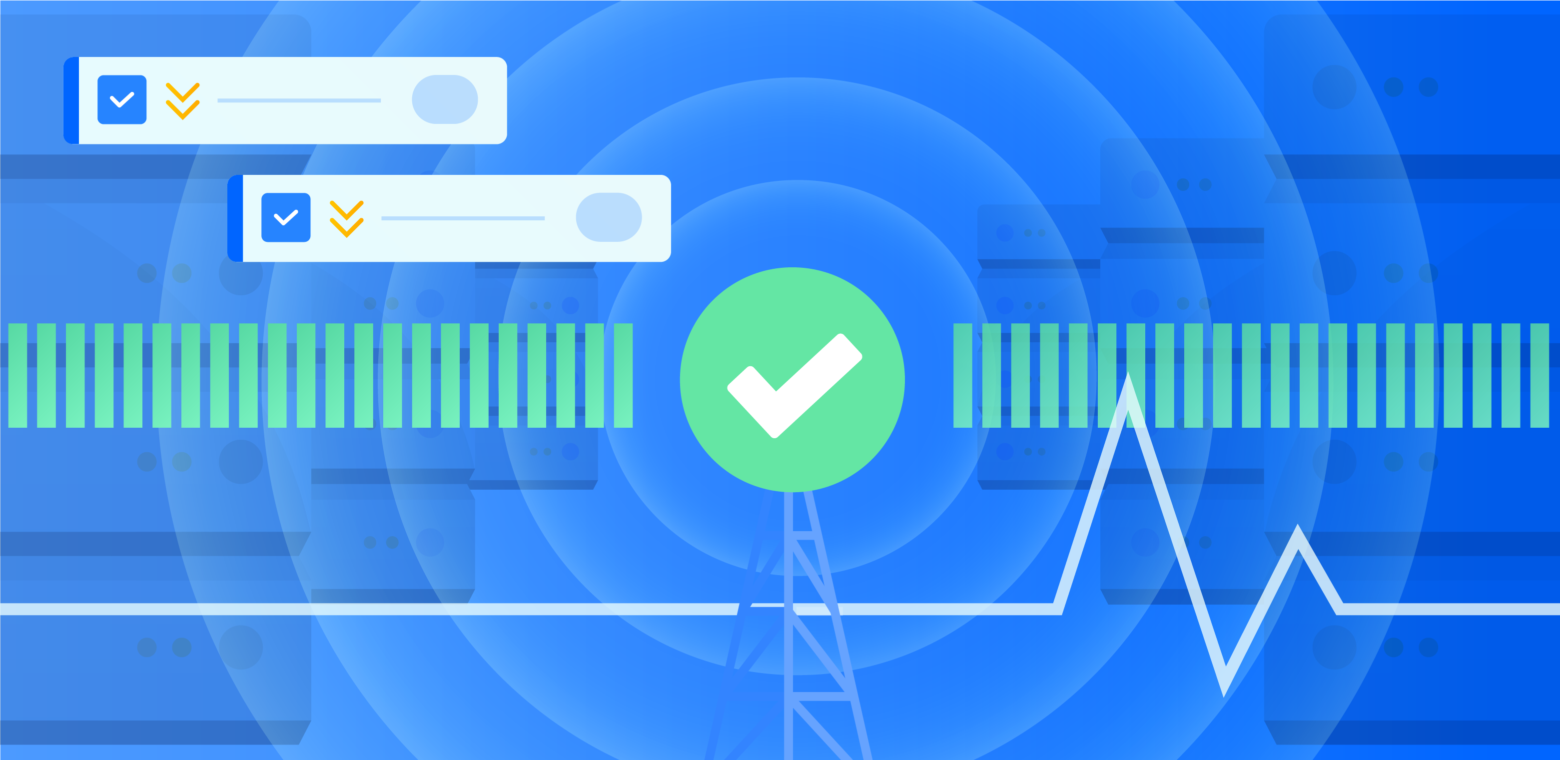There are as many ways to trigger an incident as there are new code deployments across the globe and, with the emergence of cloud-reliant businesses, uptime accountability has shifted from on-premise server teams to the service providers themselves. SLAs, SLOs, and websites dedicated to downtime have suddenly come to life in the internet age, and having a status page is now an industry standard. Just check out Dropbox, DigitalOcean, Apple, Reddit, and New Relic for a few examples of companies using status pages as a key part of their incident management process.
So, even if we agree that incident communication is important, what exactly is it about status pages that make them the go-to solution in today’s world?
It’s hard to build your own solution
A common problem with a homegrown status page is that when your website is down, so is your status page. We’ve been in the game for a while and spent a long time building our own status page on a completely separate domain and, for the most part, codebase. This took a lot of work, and was only worthwhile because we’re in the uptime reporting business.
What this means for you is we’ve spent years building a reliable, effective way to talk to your customers during outages so you won’t have to worry about maintaining your own status page infrastructure or codebase. We host your page so it’s available when you need it most – when you’re down. Our messaging infrastructure allows you to distribute status updates from a single place, and we make sure those messages can go out via email, text message, Twitter, in-app messaging, or all of the above.
A status page reduces support costs
Our customers reported a 24 percent reduction in support tickets by using Statuspage. A status page helps deflect support tickets during incidents by proactively notifying customers about problems via emails, text messages, or an embedded status widget on your web domain. Both your customers and your support team will be informed about the ongoing incident via integrations with platforms like Zendesk, Opsgenie, PagerDuty, and more.
In the past 30 days alone, more than ten million people have viewed a status page powered by Statuspage. Millions of others learned about active incidents directly from a status embed widget on the website or product they were visiting. If even a tiny fraction of those customers might have otherwise submitted a support ticket, Statuspage has deflected hundreds of thousands of tickets in the last month for our customers.
A status page builds trust
A status page allows you to showcase your “five-nines” uptime (or however many you’re aiming for), and customers love knowing the details of your reliability. We often hear “We never go down, so we don’t need a status page.” You may never have a system-wide outage, but even instances of login disruption, degraded API access, or other partial outages can have a major impact on customers and should be addressed. It’s this kind of transparency around your incident history and reliability that builds trust with new and existing customers. Not only that, but you can demonstrate the reliability of individual aspects of your business, such as your API, billing systems, or third-party services you depend on like your DNS provider. During an incident, your customers want to quickly diagnose the impact your downtime is having on them and communicate to their own customers until it’s resolved.
Managing incidents takes more than just engineers
Incident management involves many tools, people, and practices. It’s this combination that prepares your company for those times when things go wrong. While it’s easy to focus on monitoring and scheduling tools, as well as relying on engineers to solve the incident, using communication tools during and after the incident is mandatory for a mature incident management process. Just as a monitoring tool helps create alerts during an incident, a status page proactively alerts customers about issues and shows progress towards a fix. It can be difficult for the engineers working on a fix to also spend time thinking about how to best communicate to stakeholders and dependent users, which is where other teams can help.
Good incident communication can turn negative experiences into positive ones
Outages aren’t fun, and ideally you won’t run into them often. But when they do happen (and they will), you’ll need to be prepared. Teams are shipping more quickly and frequently these days as a result of CI/CD and agile methodologies. Monolithic products are becoming micro-service amalgamations – increasing the rate of incidents and communications needed with your customers. A status page has become more than a “nice to have”: it’s something your customers deserve and expect. Having a dedicated way to communicate with your customers during an outage can help turn a negative customer experience into a positive one, and cements your status as a trusted business partner.


